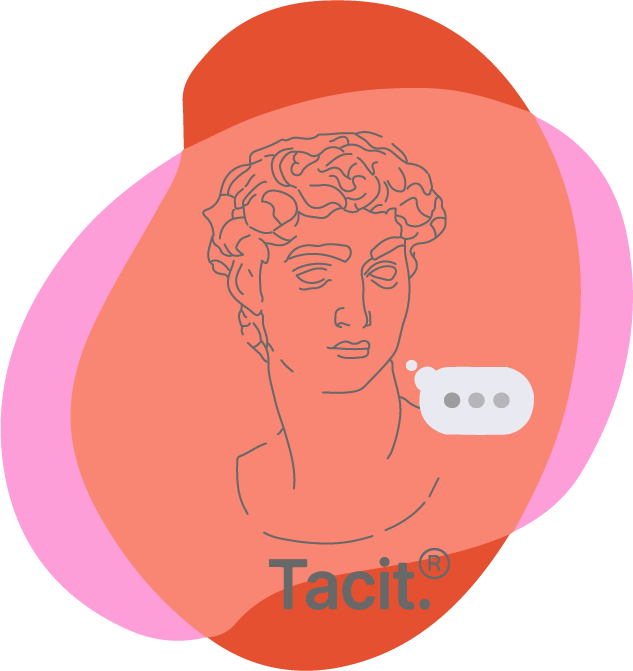Conversion Optimization for Ecommerce using biometric data
Popular fast fashion and beauty websites get a lot of traffic and conversions - but how do they know and test what really makes their user tick?
One of the answers to this question is user research paired with biometric data analysis: looking deeper at what users do and what can their actual behavior tell us about consumer preferences - both explicit and implicit ones.
To be precise, we are analysing what the users were doing, where and how fast they were clicking and scrolling. The most interesting bit is zooming deeper into the moment of making a purchasing decision; what was their facial expression, eye movement, attention level, body and head posture and even breathing rate.
What do we find out?
The majority of the user journeys start on a positive note - users get excited and engaged over short term sales offers, special discounts and new collections.
They scroll fast and they are eager to get through as many SKUs as possible - but as time moves on, fatigue, boredom and lack of focus starts to kick in.
User journey showing most common fast fashion ecommerce flow:
Shorter sessions are better and time limited offers help in achieving that
Generally speaking - for the target demographic of this study - shorter is better. Contrary to the popular belief, Millennials now value efficiency and don’t enjoy endless scrolling as much as they did in a pre COVID world.
Dashboard snapshots showing the exact moment when a successful conversion flow was triggered: showing fully what was on the screen, where the user was looking and what emotional reactions and body movements were elicited in that specific moment.
Time limited offers do this really well - making them decide faster and proceed to checkout with more items.
Starting and ending on a positive note leads to high NPS
The main difference in user journeys of positive and negative sessions is the tone just before and after the checkout.
The best ones, such as Asos.com make it a positive experience, while others Zara.com make it a negative one.
Dashboard snapshots showing positive highlights elicited during the Asos.com session:
User journey showing Asos.com fast fashion ecommerce flow:
Why does that matter and how can benchmarking help?
Aggregate facial coding data for fast fashion ecommerce flow, benchmarking Cult Beauty, Zara, Asos and H&M during a user research study.
All of these insights reveal broader trends and consumer preferences that are evolving faster than ever in a post COVID -19 environment.
Once peripheral elements of the user journey such as onboarding and checkout have now become competitive advantages and a core element of their conversion optimization strategy.
Session length, scrolling patterns, eye tracking, emotions evoked and explicit feedback are all relevant information sources in creating a full picture for a superior CX.
How did we do it?
At Tacit, we value study design as one of the most important elements ensuring objectivity, reproducibility and consistency across all departments and touchpoints.
Our cohort for this study was the following:
N= 178
Gender split: 50-50
Location: New York, London, Milan, Singapore, New Delhi and Jakarta
Age: 25-35
Urban, educated, knowledge workers
Using Tacit Templates, we ensure reproducibility and consistency
Study design for this study showing event flows, while analyzed websites were shown in a randomised and balanced order.
Tacit templates, showing most common study designs and brands using them:
Check out the dashboard and raw data for yourself:
If you haven't already, begin by creating an account.
1. Creating your account:
Please go to https://tacit.pro/, click on *Register*. Create an account and password.
Once you are done, please click on *Log in*
2. Inserting a code to access the Insurance company test:
Once you are logged in, please click on *Enter invitation code* and insert the code: jwPYYd and after that please go to *My projects* and click on the dashboard icon or simply visit https://tacit.pro/dashboard/fast_fashion directly.








